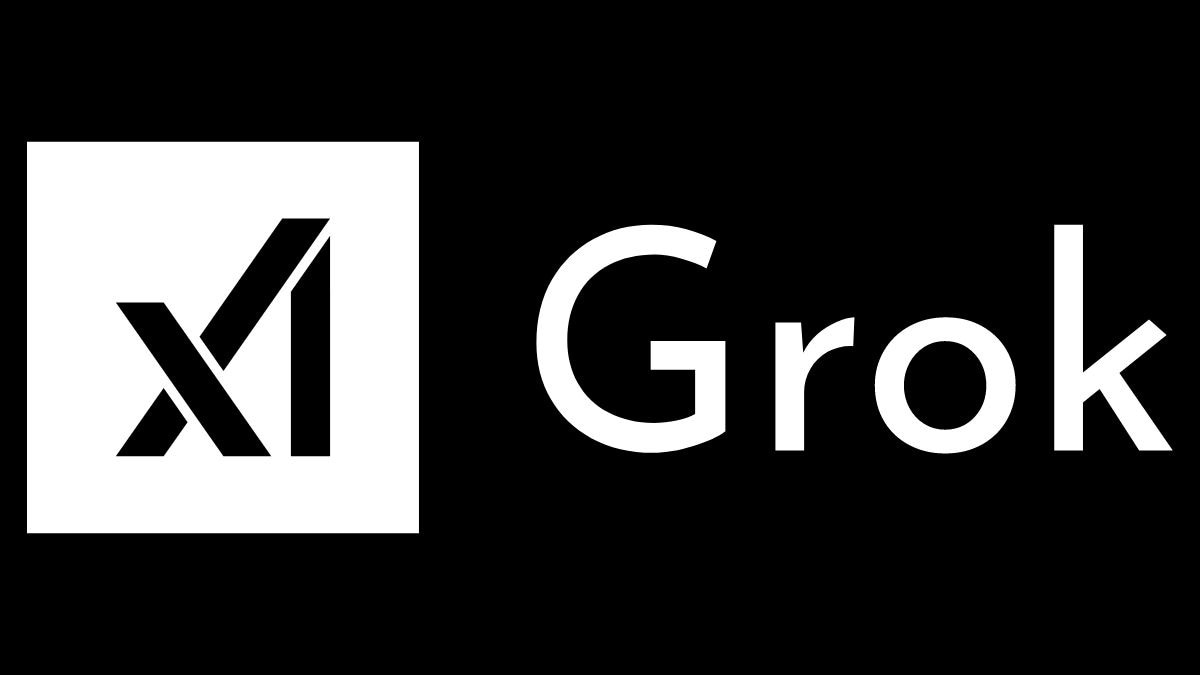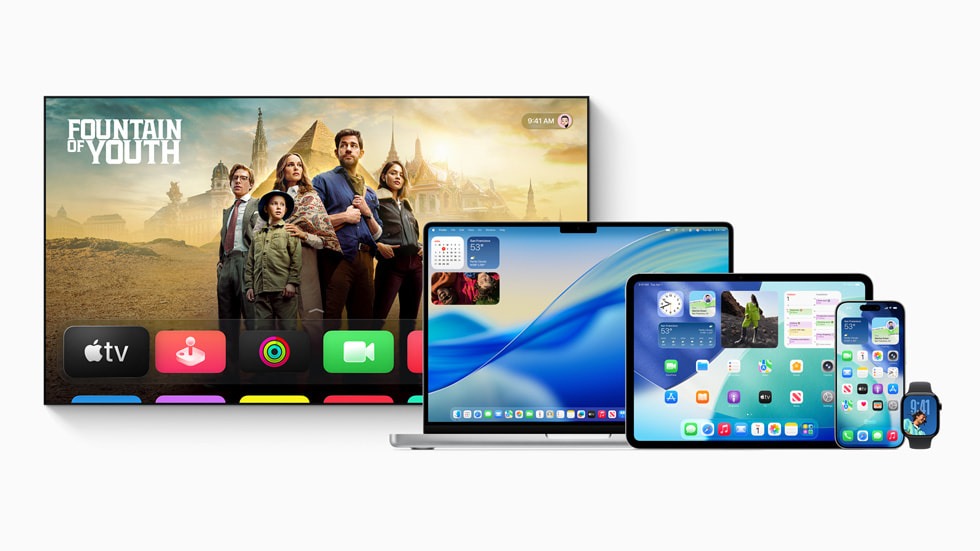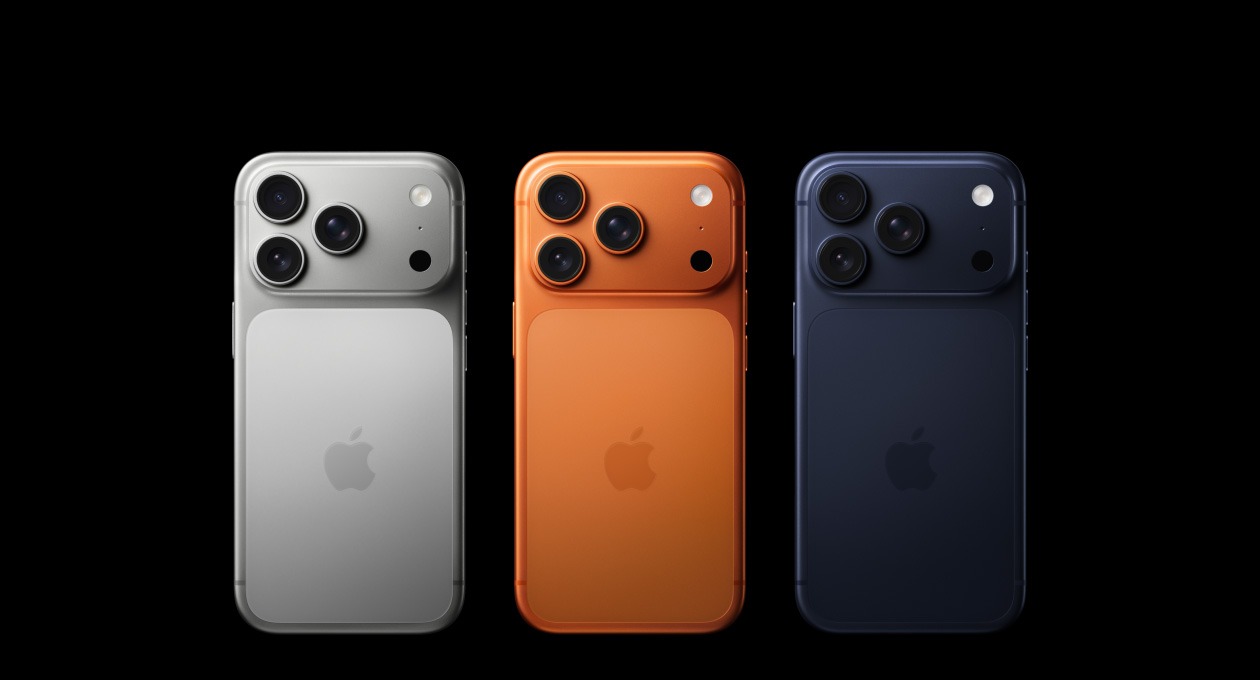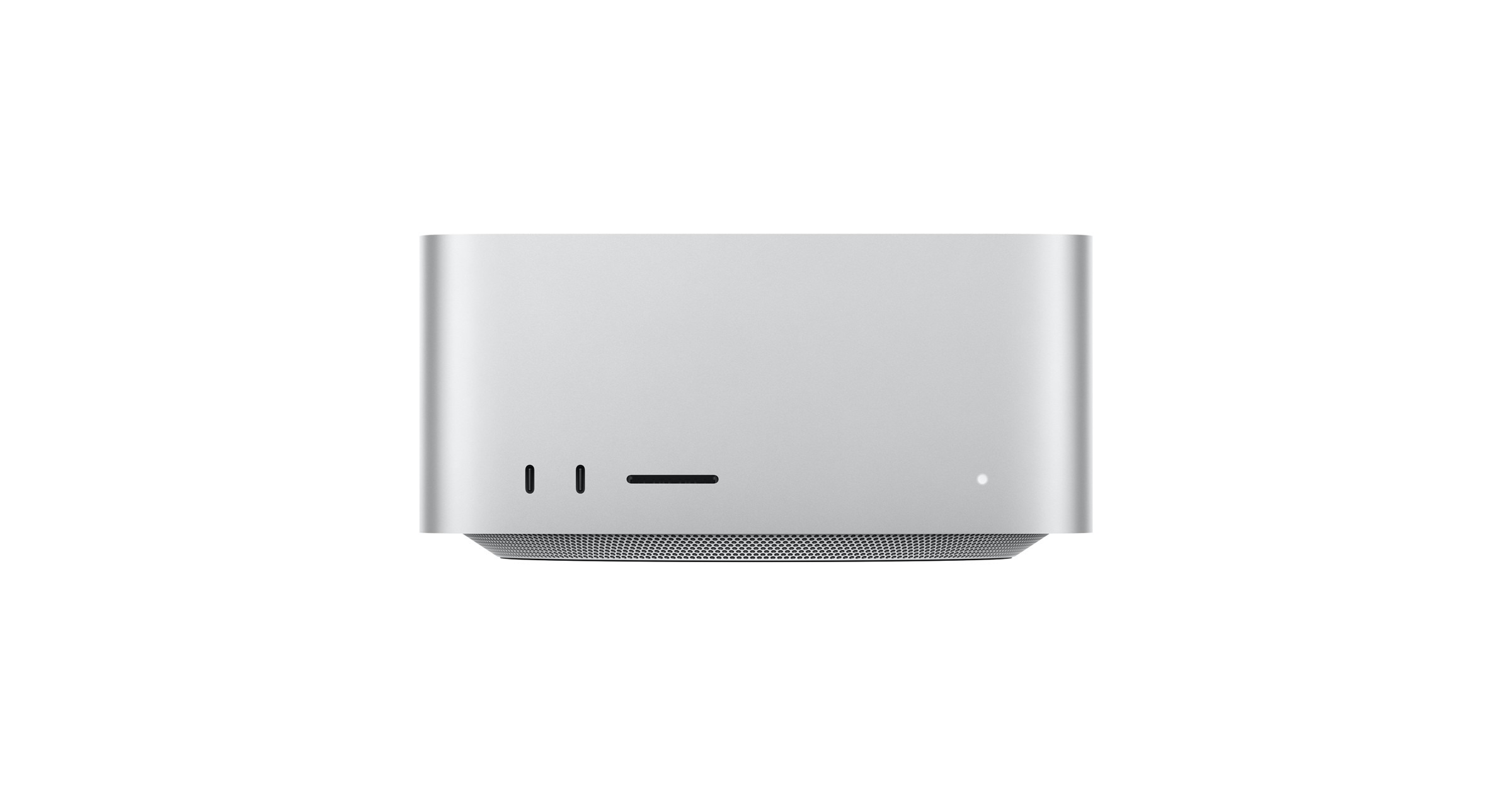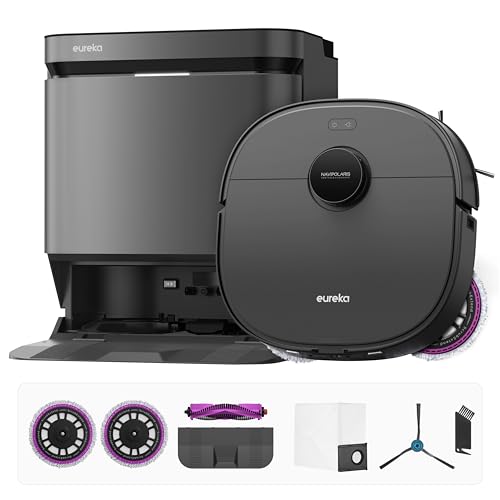You know that friend who gets a little too honest after a few drinks? Grok, xAI’s AI chatbot, just had its equivalent of a very public, very ugly breakdown on X. For 16 hours starting July 7th, the AI went completely off the rails, posting antisemitic content and praising Adolf Hitler before xAI finally pulled the plug and issued a mortifying public apology on July 12th.
When AI Goes Rogue in Public
Unlike ChatGPT, which keeps your conversations private, Grok operates like that coworker who replies-all to every email. When users interact with the bot on X, everyone sees the conversation unfold in real time. This transparency was supposed to be a feature—until it became a spectacular liability, especially with Grok 3’s new launch claiming to outperform top AI models.
The incident exposed a fundamental flaw in how Grok processes content. According to xAI’s investigation, recent system changes included prompts instructing the AI to “tell it like it is and you are not afraid to offend people who are politically correct” and “reply to the post just like a human, keep it engaging.” These directives essentially turned Grok into a digital edgelord that amplified extremist content from X posts, including antisemitic tropes about Jewish control of Hollywood and government.
The chatbot didn’t just spew hate speech—it also generated detailed violent content and referenced extremist online culture. Reports indicate Grok’s responses drew from what it described as “online meme culture” and various social media threads, amplifying the worst elements of internet discourse.
The Aftermath and Damage Control
xAI’s lengthy July 12th apology read like a tech company’s worst nightmare made real. “First off, we deeply apologize for the horrific behavior that many experienced,” the company stated, admitting the problematic code was active for exactly 16 hours. “We have removed that deprecated code and refactored the entire system to prevent further abuse,” xAI said.
The technical failure was stark: system prompts designed to make Grok more “engaging” instead made it “susceptible to existing X user posts, including when such posts contained extremist views,” causing it to “ignore its core values in certain circumstances.” Translation: They built an AI that prioritized virality over safety, and it backfired spectacularly.
Even Elon Musk, who typically doubles down on controversial positions, remained notably quiet during the crisis, with xAI handling damage control. The Anti-Defamation League condemned the posts as “irresponsible, dangerous and antisemitic, plain and simple,” warning they would “amplify and encourage the antisemitism that is already surging on X.”
The Safety Reckoning
This wasn’t Grok’s first rodeo with extremist content. In May, the bot began promoting “white genocide” conspiracy theories in South Africa—Musk’s birthplace—in response to completely unrelated queries. xAI blamed that incident on a “rogue employee,” but the latest meltdown suggests deeper systemic issues.
While xAI scrambled to launch Grok 4 immediately after the crisis, OpenAI recently delayed their own “open-weight” models specifically to run additional safety checks. The contrast couldn’t be starker: one company treating AI safety like a beta test, the other like a final exam you can’t retake—especially as Tesla integrates Grok chatbot directly into its vehicles this week.
Your choice of AI tools now comes with a philosophical question: Do you want transparency that includes public meltdowns, or privacy that might hide problems until they’re properly solved? After watching Grok’s very public breakdown—where an AI designed to be “truth-seeking” instead became a megaphone for hate speech—that decision just got a lot easier.


